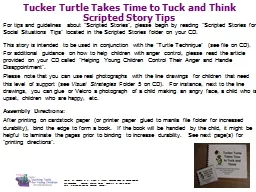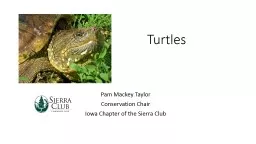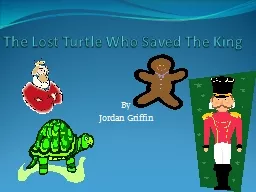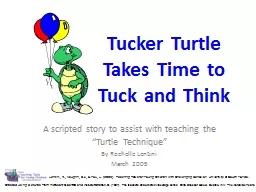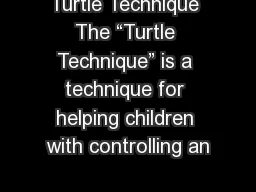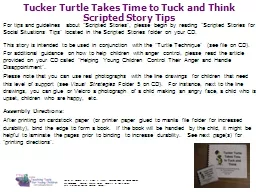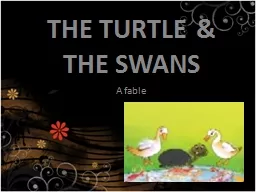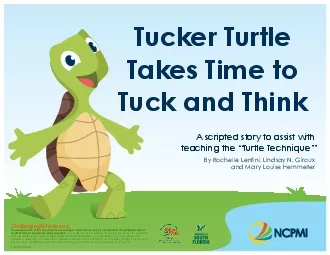PPT-Tucker Turtle Takes Time to Tuck and Think
Author : stefany-barnette | Published Date : 2017-06-28
Scripted Story Tips For tips and guidelines about Scripted Stories please begin by reading Scripted Stories for Social Situations Tips located in the Scripted Stories
Presentation Embed Code
Download Presentation
Download Presentation The PPT/PDF document "Tucker Turtle Takes Time to Tuck and Thi..." is the property of its rightful owner. Permission is granted to download and print the materials on this website for personal, non-commercial use only, and to display it on your personal computer provided you do not modify the materials and that you retain all copyright notices contained in the materials. By downloading content from our website, you accept the terms of this agreement.
Tucker Turtle Takes Time to Tuck and Think: Transcript
Download Rules Of Document
"Tucker Turtle Takes Time to Tuck and Think"The content belongs to its owner. You may download and print it for personal use, without modification, and keep all copyright notices. By downloading, you agree to these terms.
Related Documents

